LÍNEAS DE PRODUCTOS
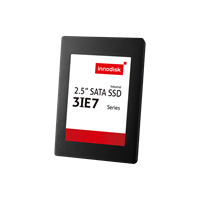
Almacenamiento Flash
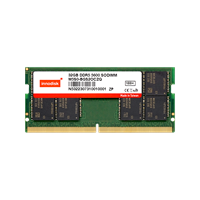
Módulos DRAM
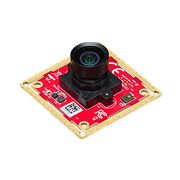
Cámara
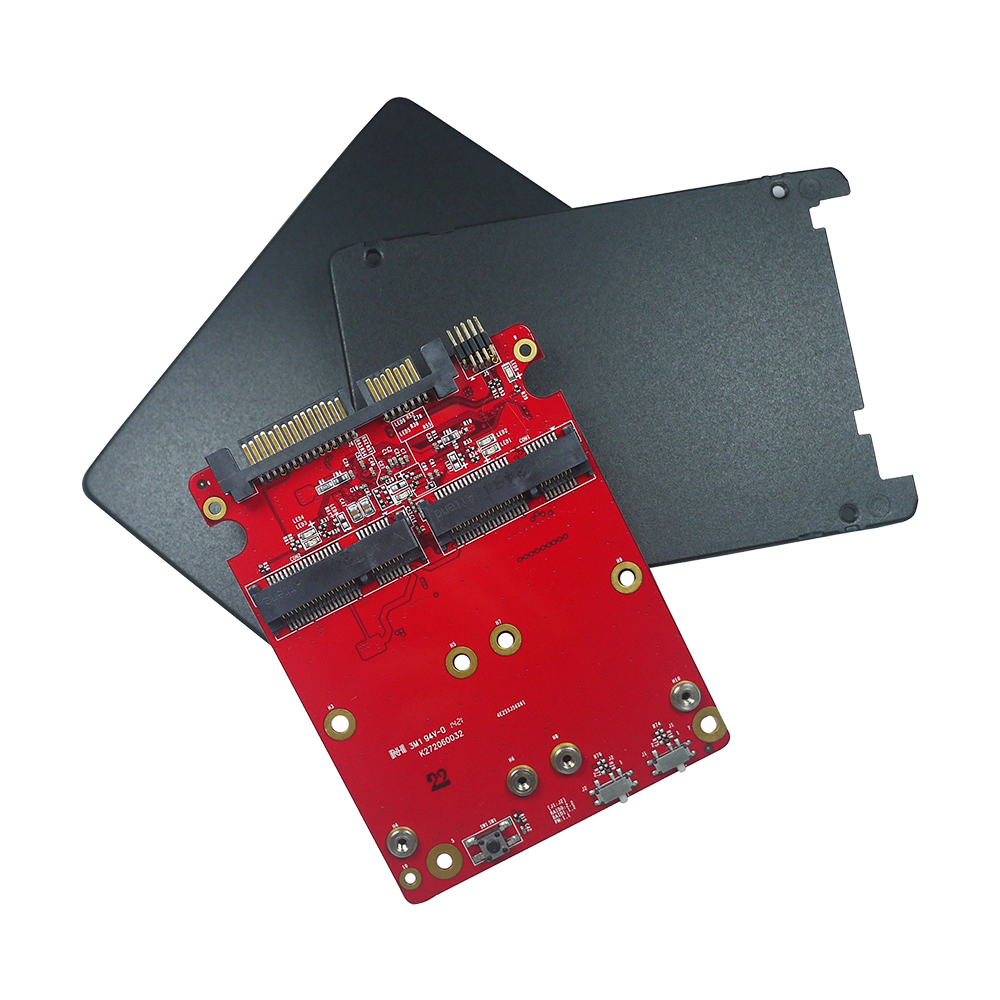
Módulos de I/O
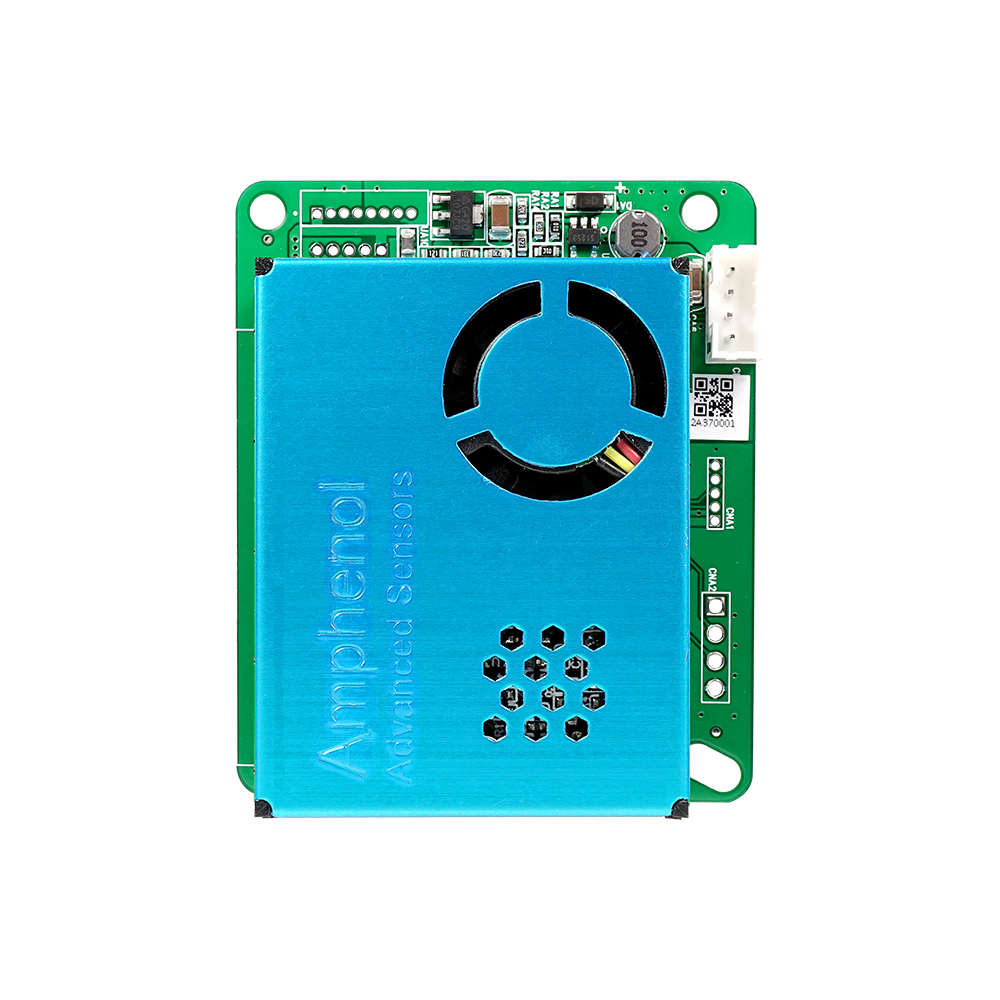
Sensor de Aire
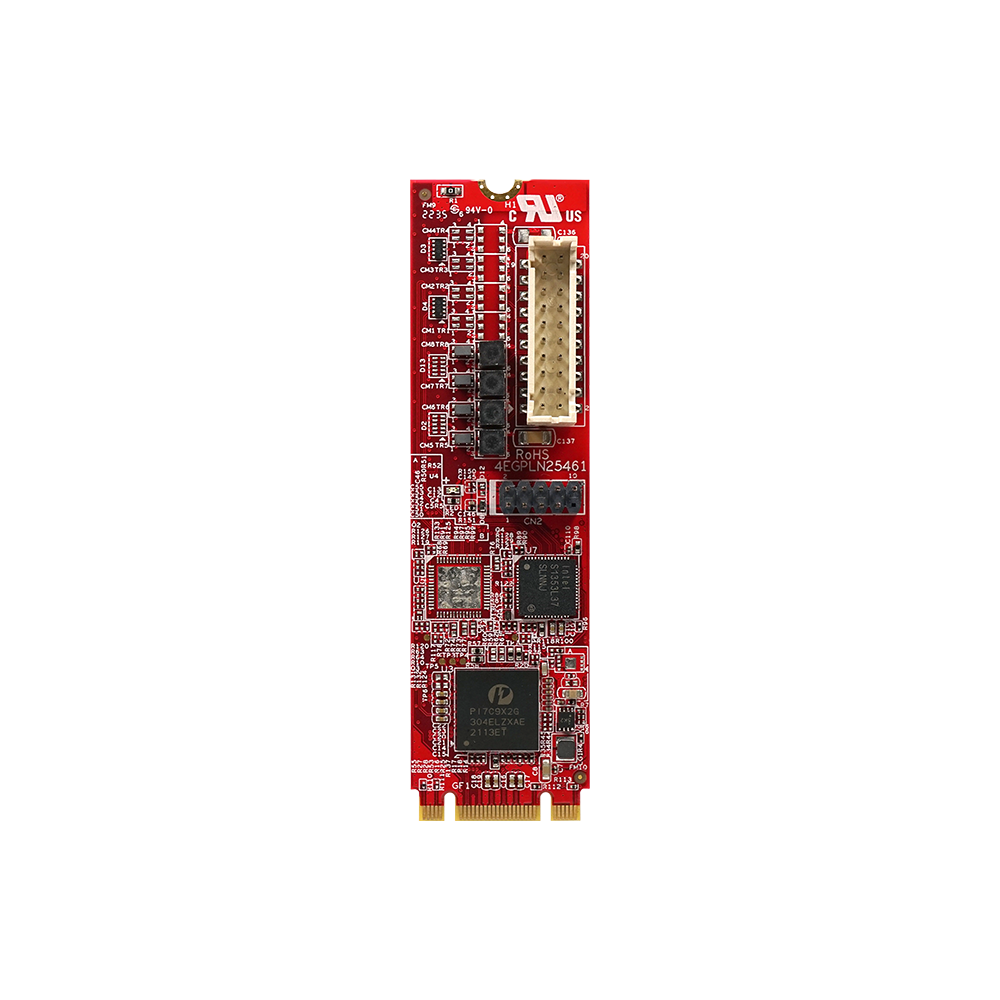
Networking
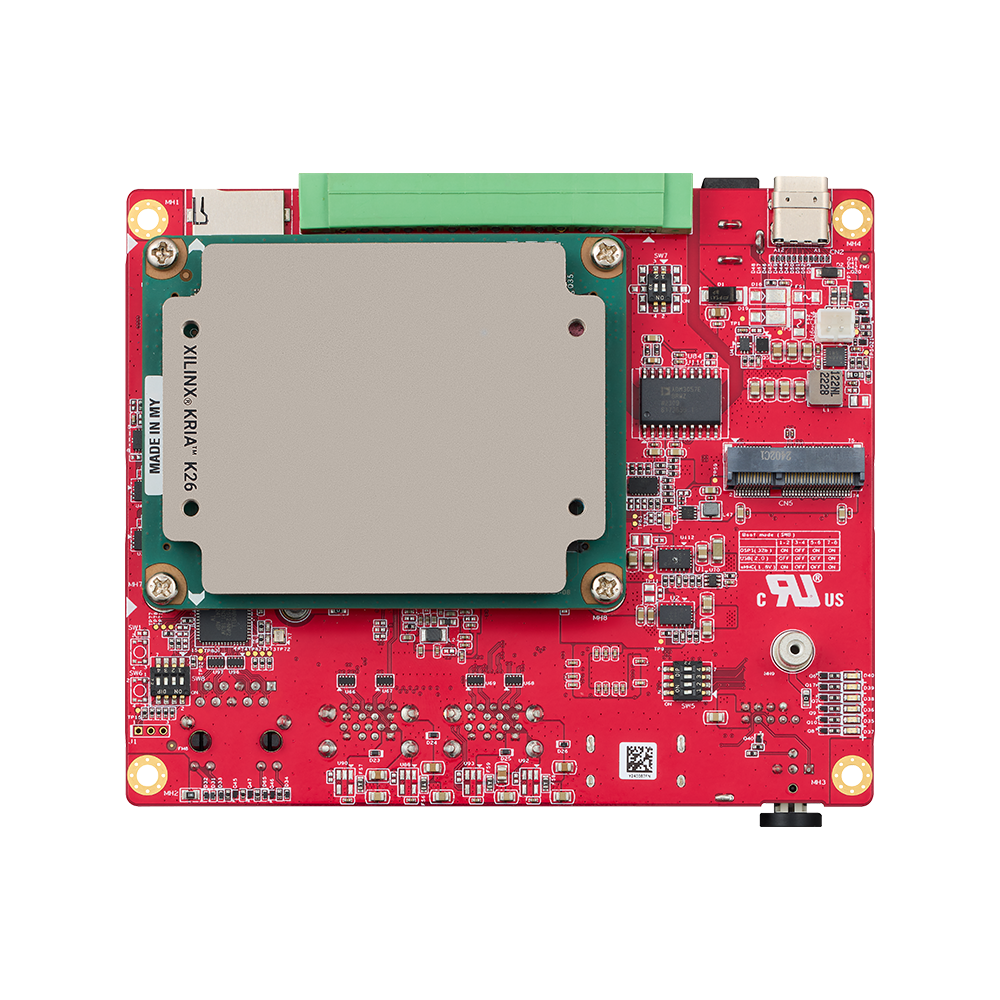
Computing
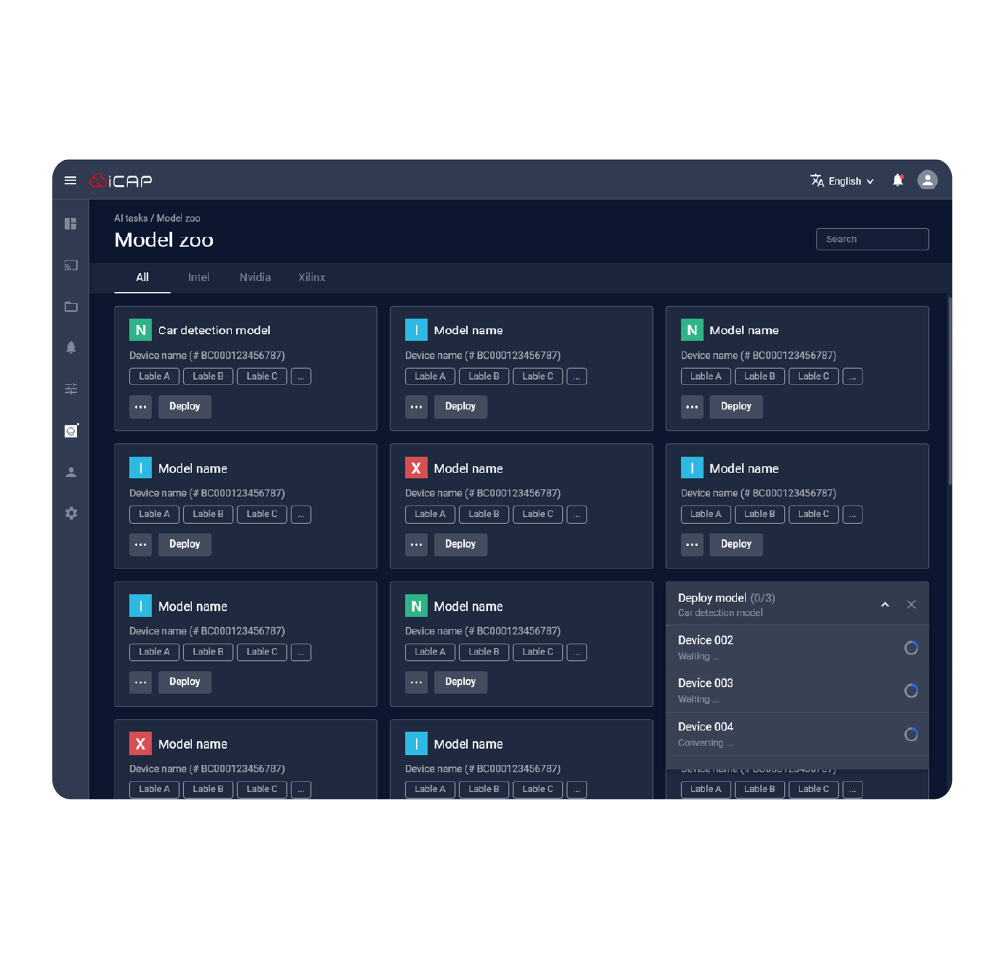
Software
1. ¿Qué debo hacer si no se reconoce el dispositivo?
2. ¿Cómo comprobar el estado del SSD (versión de FW / estado / tiempo de uso)?
3. El SSD tiene un sistema operativo instalado, pero ¿por qué no arranca?
4. ¿Cómo puedo probar el rendimiento de lectura/escritura y la estabilidad básica de un SSD?
5. ¿Se pueden compartir la interfaz M.2 SATA y la interfaz M.2 PCIe en la plataforma?
6. ¿Por qué la capacidad real de un SSD es menor que la capacidad indicada?
7. ¿Cuál es la diferencia entre un apagado normal y un apagado anormal?
